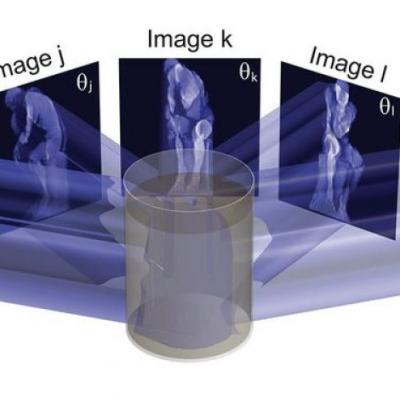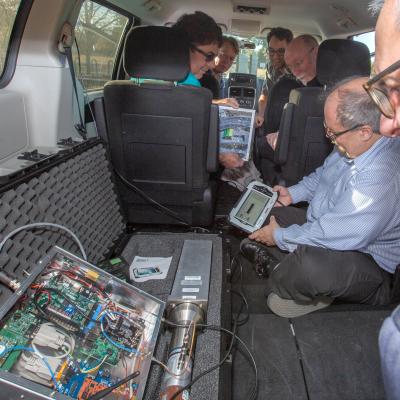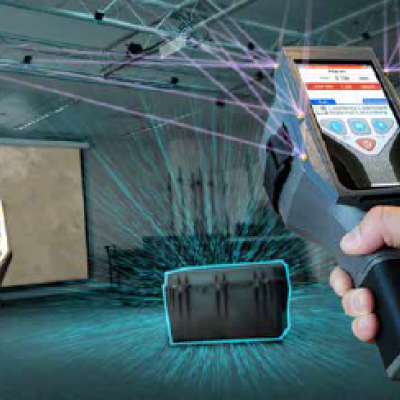To address the need for realistic and high-fidelity first responder training, a multidisciplinary team at LLNL has worked to establish the new gold standard simulator called TARANTULA (Tactical Augmented Reality Applications for Nuclear Emergency Support Team (NEST) Training using Livermore Analytics). TARANTULA is a scientifically accurate, fully functional, field-deployable simulator that…
Keywords
- Show all (85)
- Additive Manufacturing (37)
- Sensors (16)
- 3D Printing (7)
- Ground Penetrating Radar (4)
- Defense Technologies (3)
- Manufacturing Improvements (3)
- Manufacturing Automation (2)
- Synthesis and Processing (2)
- Electric Grid (1)
- High Explosives (1)
- Imaging Systems (1)
- Manufacturing Simulation (1)
- Microfabrication (1)
- Precision Engineering (1)
- Spectrometers (1)
- (-) National Security Forensics (2)
- (-) Material Design (1)
- (-) Volumetric Additive Manufacturing (1)

LLNL has developed a system and method that accomplishes volumetric fabrication by applying computed tomography (CT) techniques in reverse, fabricating structures by exposing a photopolymer resin volume from multiple angles, updating the light field at each angle. The necessary light fields are spatially and/or temporally multiplexed, such that their summed energy dose in a target resin volume…

There are three main components to the RaFTS system: 1) the radiation detector, which can be of any type and from any manufacturer; 2) the RaFTS electronics, which produce the electronic pulses that are injected into the electronics of the radiation detector through a (to be) standardized port interface; and 3) the exercise scenario, which defines the synthetic radiation field and time-varying…

By combining 3D printing and dealloying., researchers at LLNL have developed a method for fabricating metal foams with engineered hierarchical architectures consisting of pores at least 3 distinct length scales. LLNL’s method uses direct ink writing (DIW), a 3D printing technique for additive manufacturing to fabricate hierarchical nanoporous metal foams with deterministically controlled 3D…

